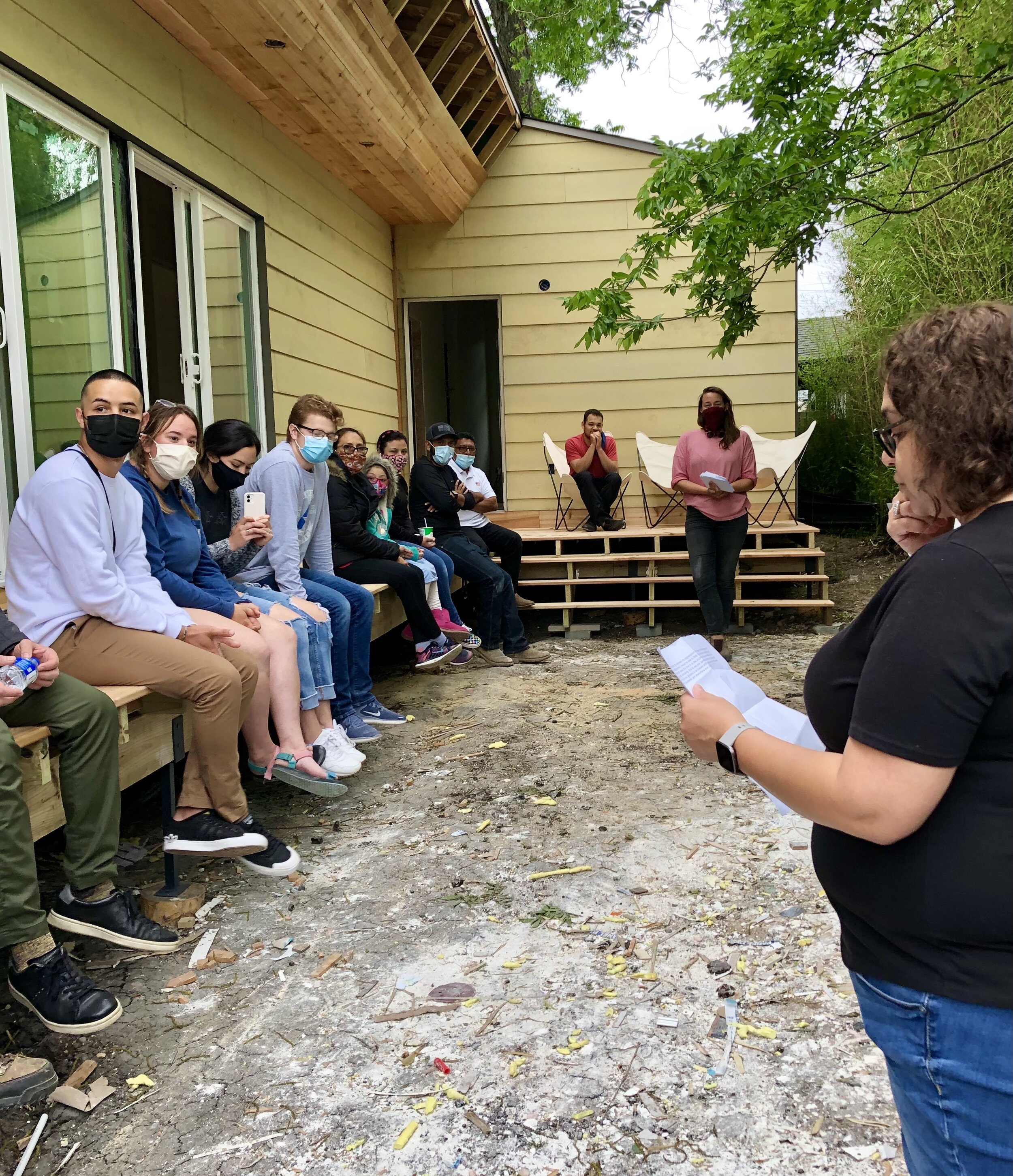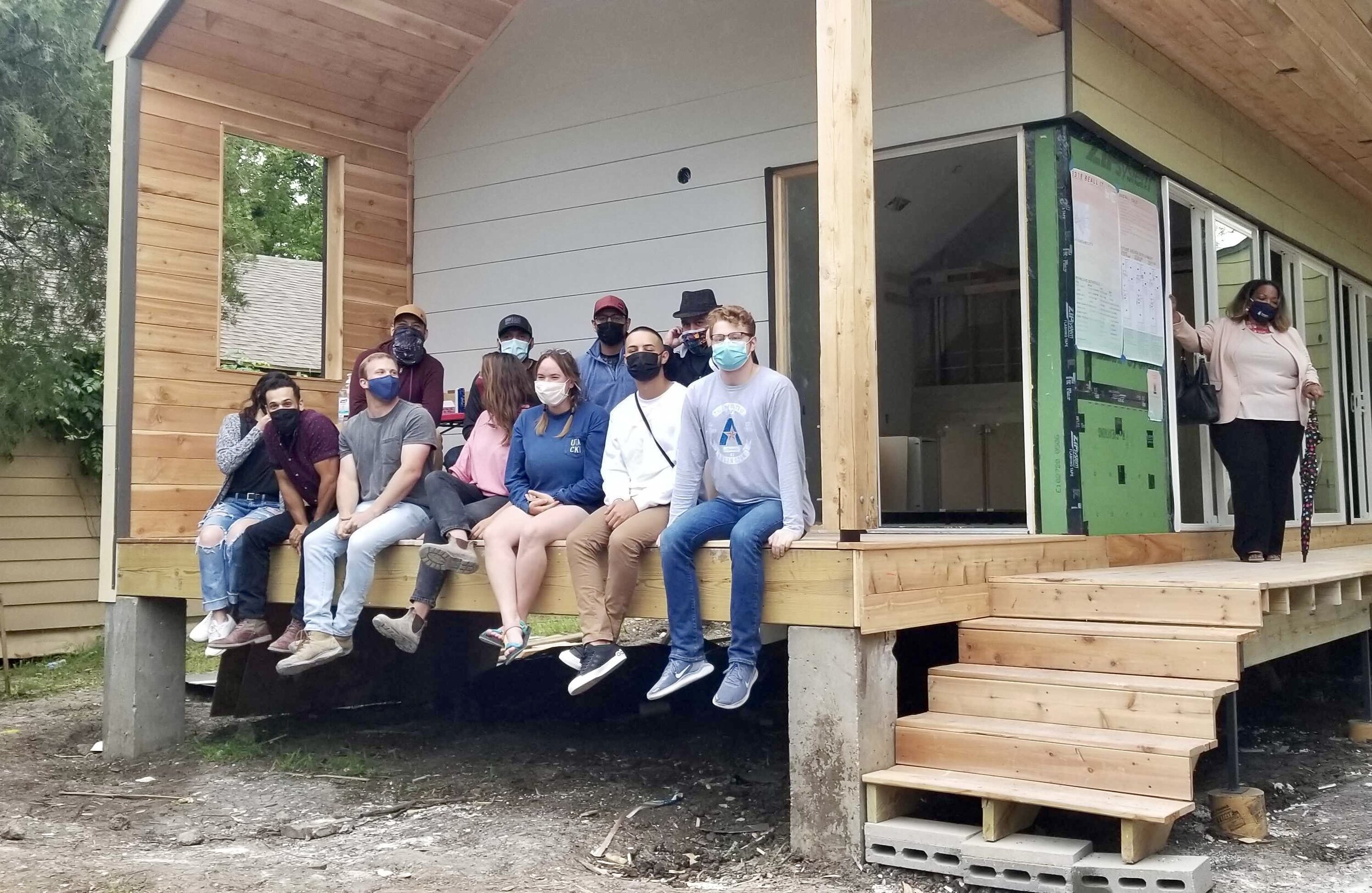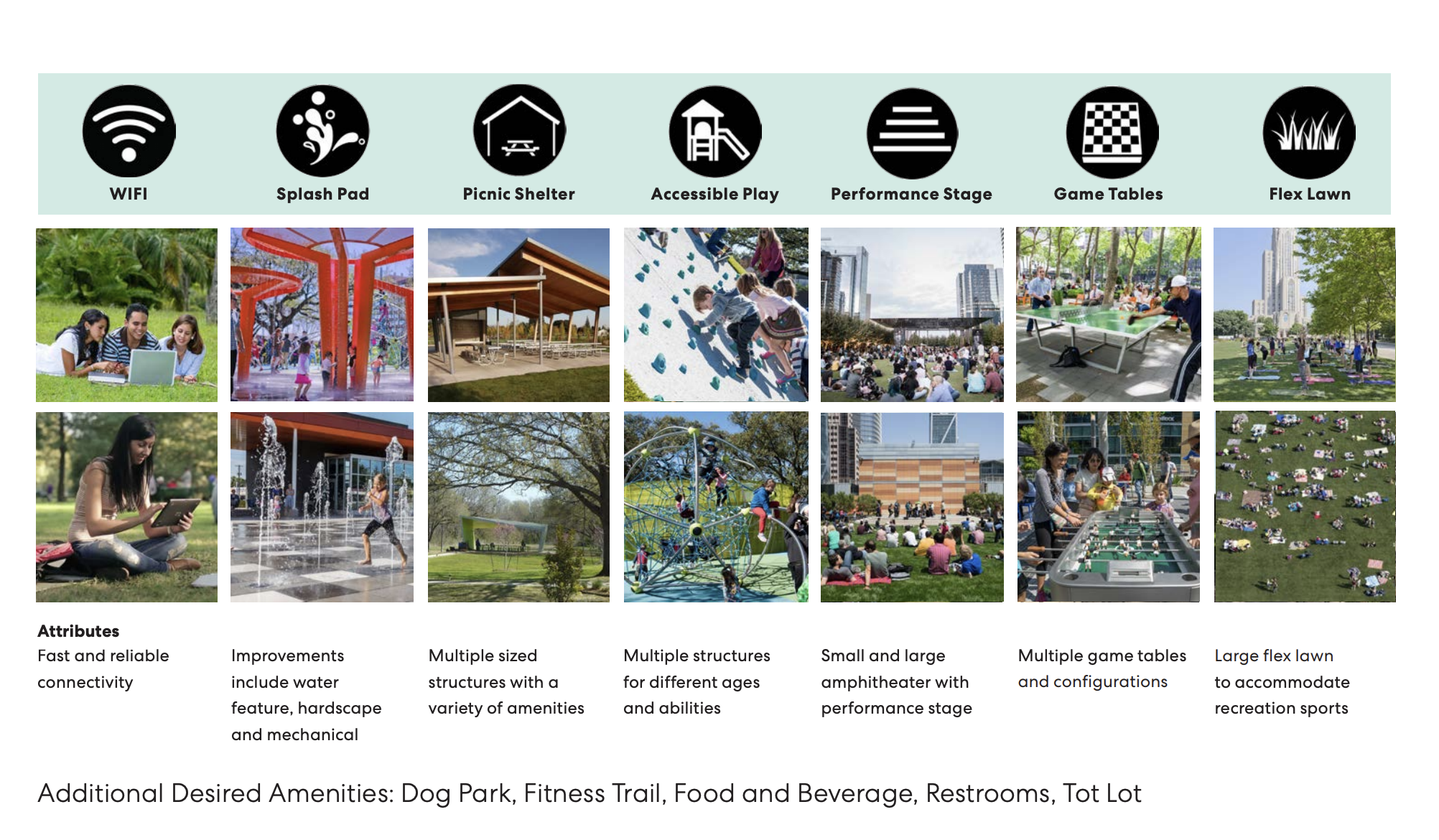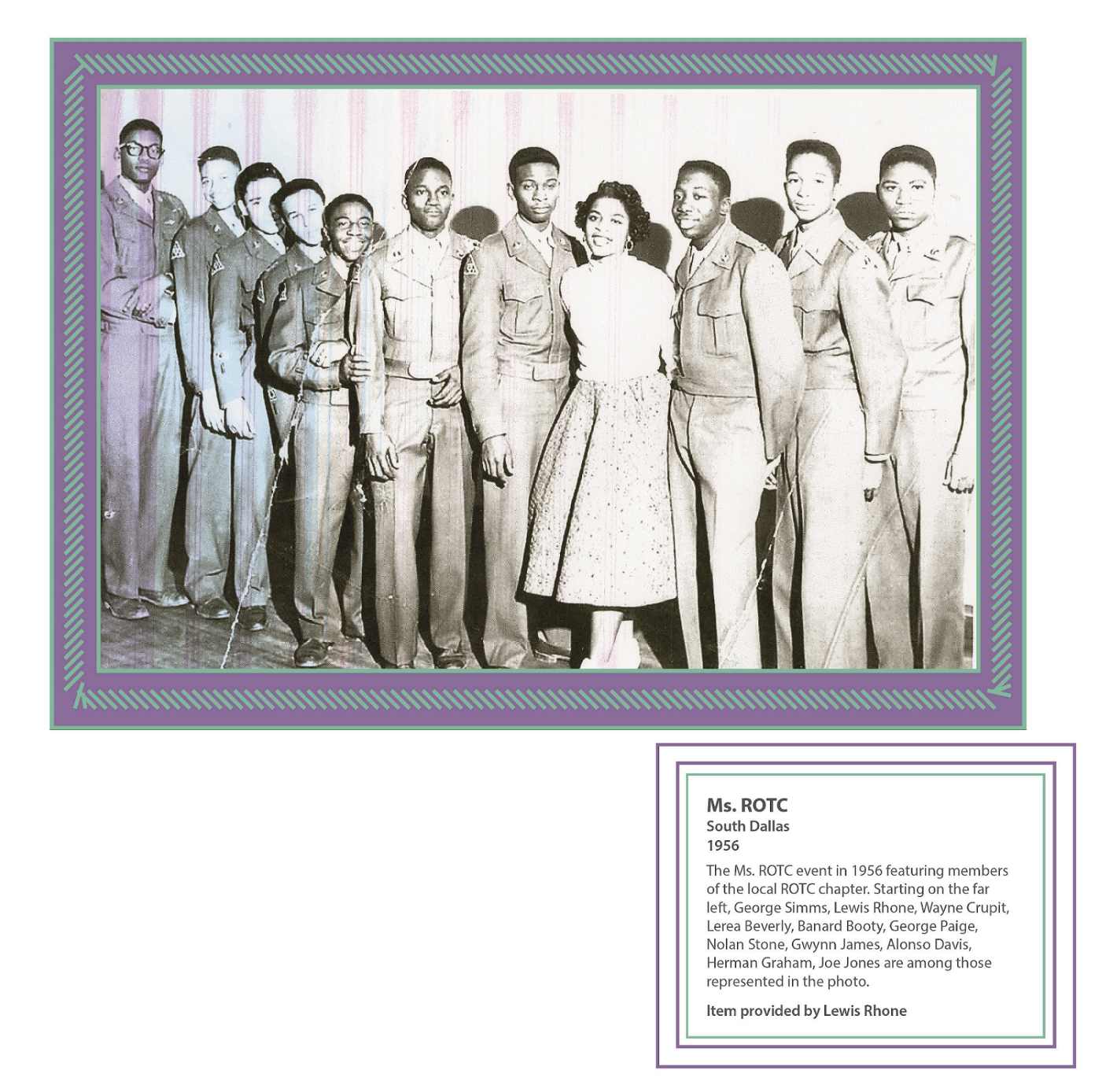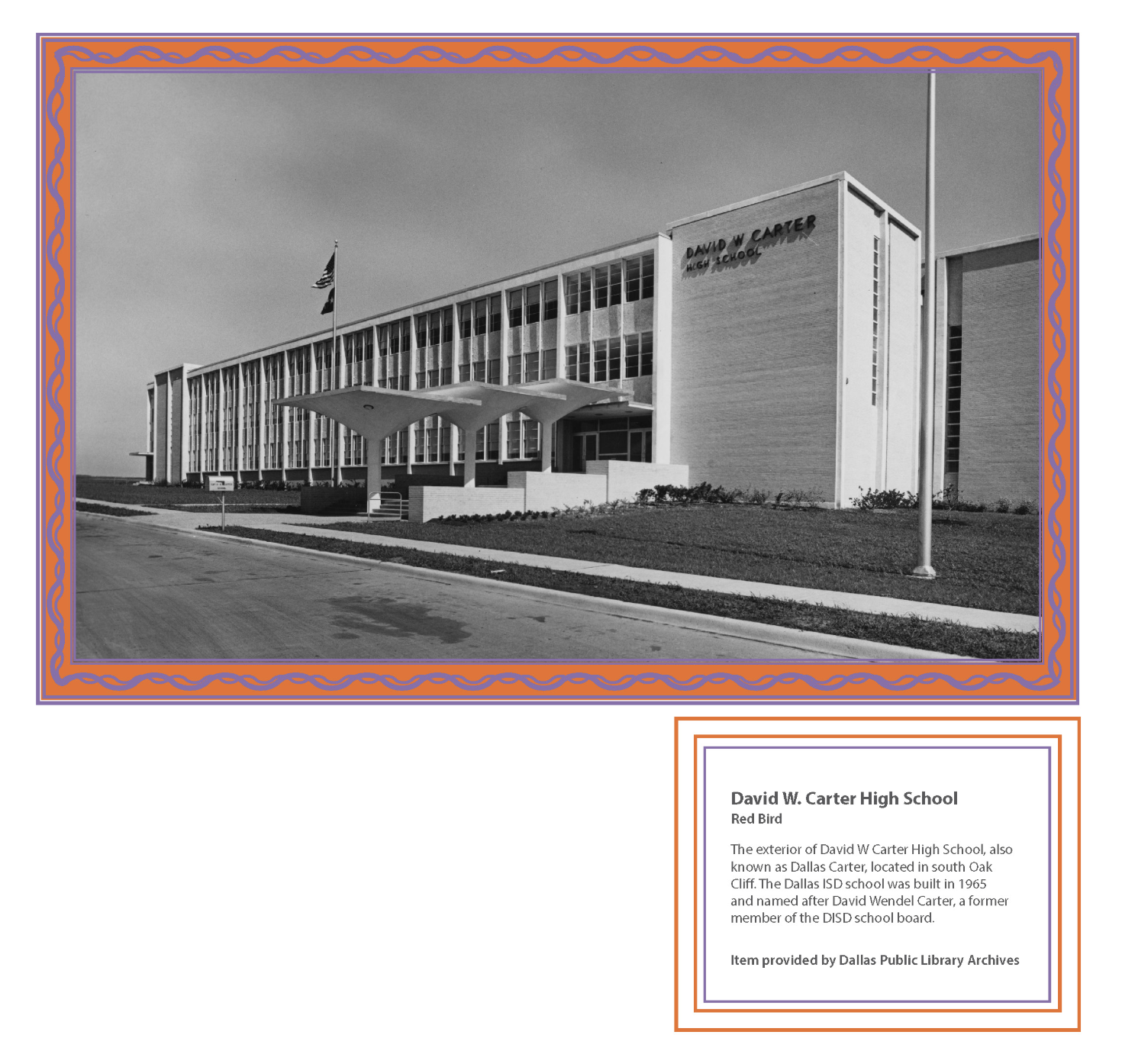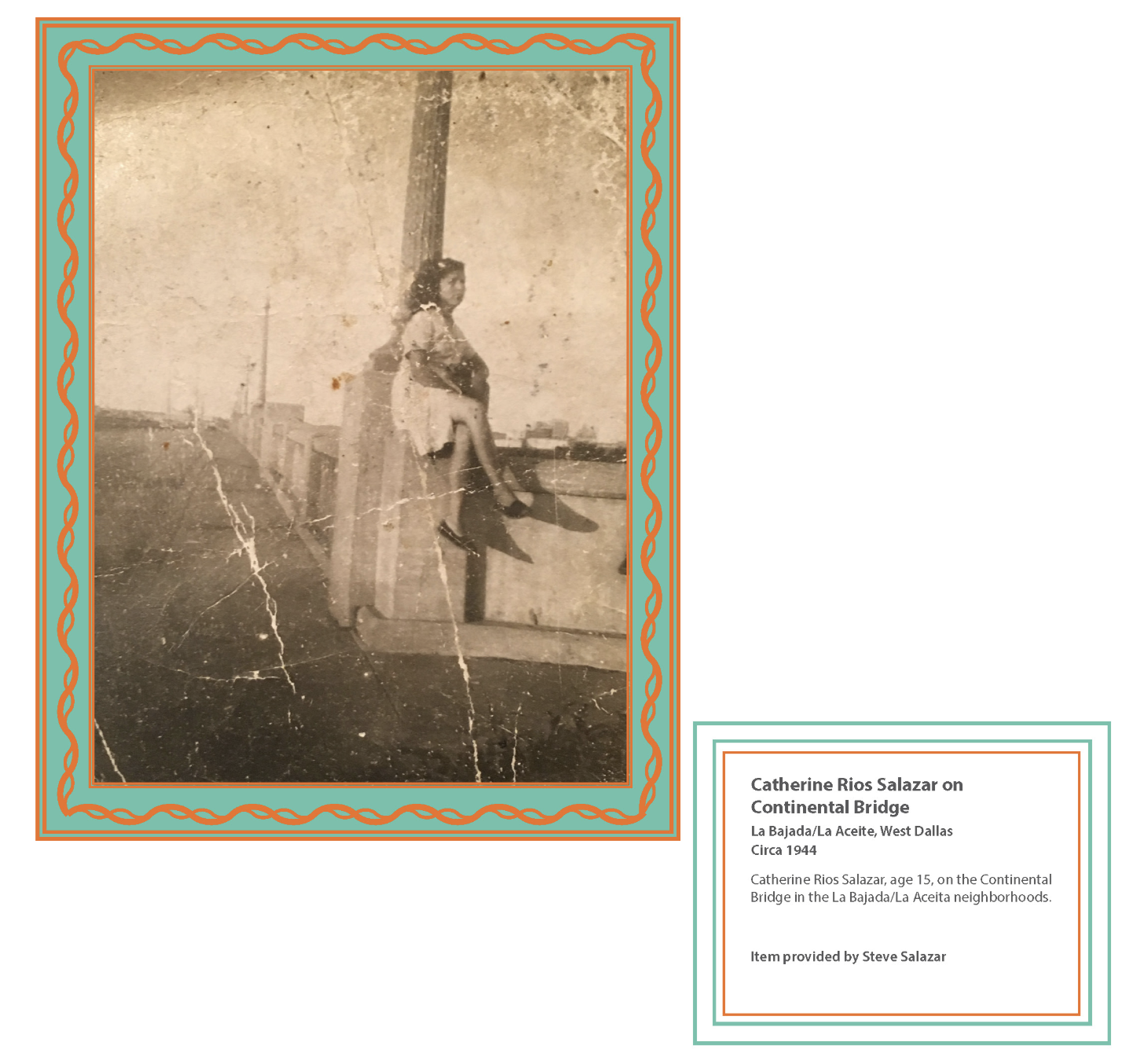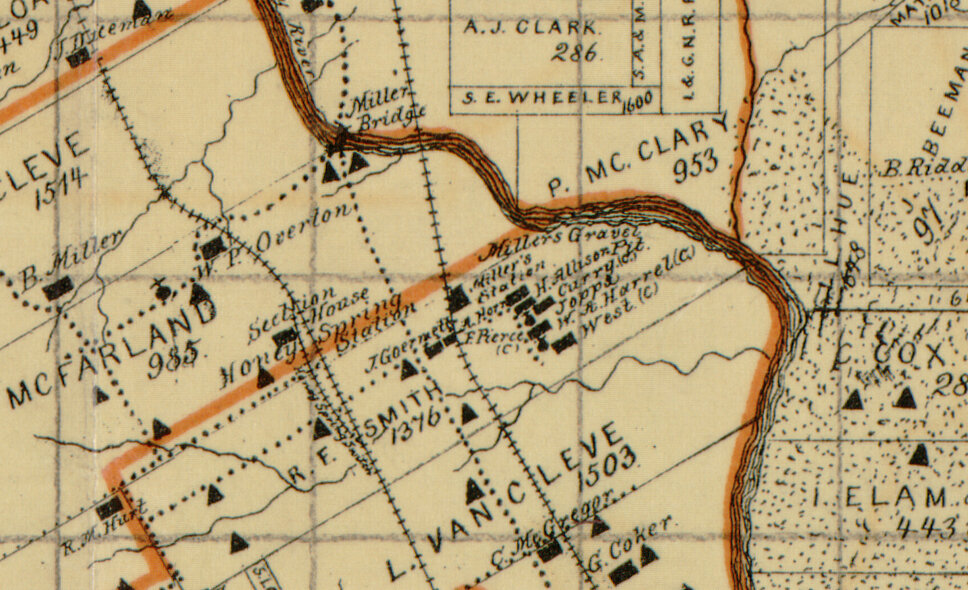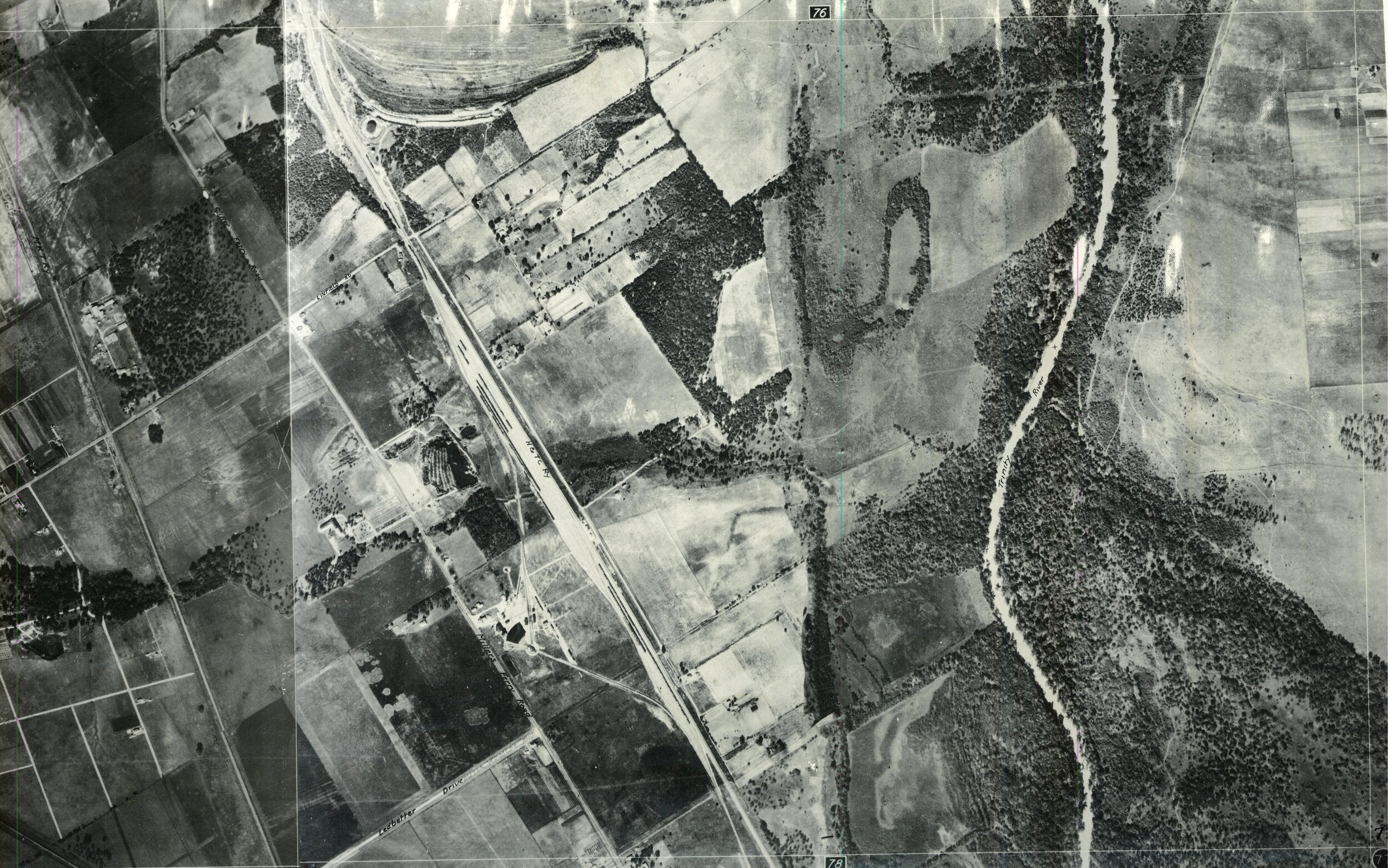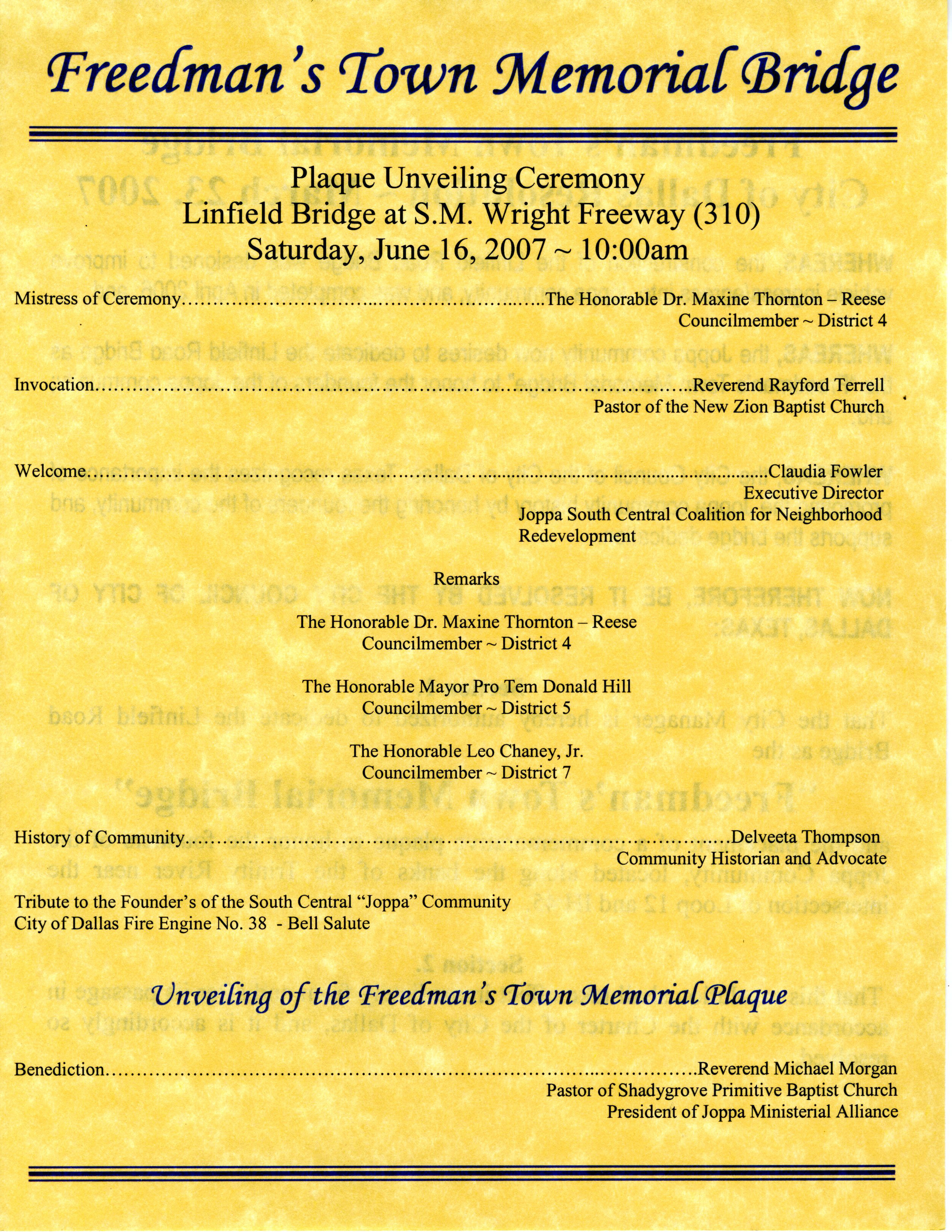Joppa Schools
From when it was formed in 1927 until the district was dissolved in 1970, Joppa was in the Willmer-Hutchins Independent School District. Black students were not allowed to attend white schools and had to attend schools for Black students, which districts were not eager to build or invest in. For many years there was no official school building in Joppa. New Zion Baptist Church was used as a school, or students walked to another neighborhood, sometimes having to cross through dangerous conditions to get there. Mrs. Thompson described how Joppa’s school, the Melissa Pierce School, came to be:
My mother and my uncle, they ended up with a lot of students from this neighborhood having to walk the railroad track over into South Dallas. They used the church partly as a school for the community, but when my mother and uncles and those that grew up with them out here, were actually walking the train tracks, they were going to high school then would had asked Southern Pacific Railroad to hold the trains up during the time that all of the students from this community around my, my group, my mother and my uncles age would have to walk the tracks so that they could walk safely over and then they will stop the train so they could return safely back to the neighborhood. That really lit the fire, that there was a school that was needed in this neighborhood. So for my grandmother explaining it to me, then Ms. Melissa Pierce, knowing that this is what needs to be done. My grandmother rather went to the Wilmer Hutchins school board and asked them for a school. And of course in that day it was not going to happen, and it didn't happen. They did tell my grandmother, unless you come up with the land, we're not building your people a school at the time….Mr. Hitt was the superintendent and the president of Wilmer Hutchins school board. The building sat on Illinois not far from here. And my grandmother would get people together on their days off and sit under a couple of trees with pallets, what they call pallets, you know throw blankets of quilt and have lunch and sit in trying to get them to get them a church, a school, you know, or a building for them. Not not just to keep having it in the church, but to be actually able to have an official school building. So needless to say, when they did say buy the land and then we'll build it - my grandmother said put it in writing. You know, Ms. Melissa Pierce was present, so Ms. Pierce. told my grandmother: "Definitely I can donate the land." And so that's how it came about. All of the land for the school building as well as a football, baseball field so the kids wouldn't have to worry about not having enough room for those particular activities.
According to Mrs. Thompson, Melissa Pierce was a formerly enslaved person whose family acquired land after emancipation. The Sam Street’s Map has a Pierce family in Joppa, indicating they were one of the earliest settlers of the area. A 1948 Dallas Morning News article described a new 4-room brick building that would be built for Black students of the district, and would consolidate four segregated schools. The Melissa Pierce School was dedicated on September 28th, 1952. The City of Dallas’ National Historic Registry application for the Melissa Pierce School says that:
The building was constructed to accommodate grades 1-12 and those who attended the school recall that the smaller building contained the elementary grades. The classrooms in the larger building, with the attached gym/auditorium, were for middle/high school students. Two areas which were later added on for classrooms, one to the side of the gym and the other to the side of the smaller classroom building, have since been demolished.
Unlike white schools, the Melissa Pierce School started in October instead of September to accommodate local White farmers who wanted Black students to be available to pick cotton in the late summer. Parents didn’t want their children’s education to be interrupted. In 1954, the Dallas NAACP organized parents in the Joppee community to demand admission for students into the all-white school, Linfield Elementary. They were denied by the Principal of Linfield stating the Texas Education Agency called for segregated schools.

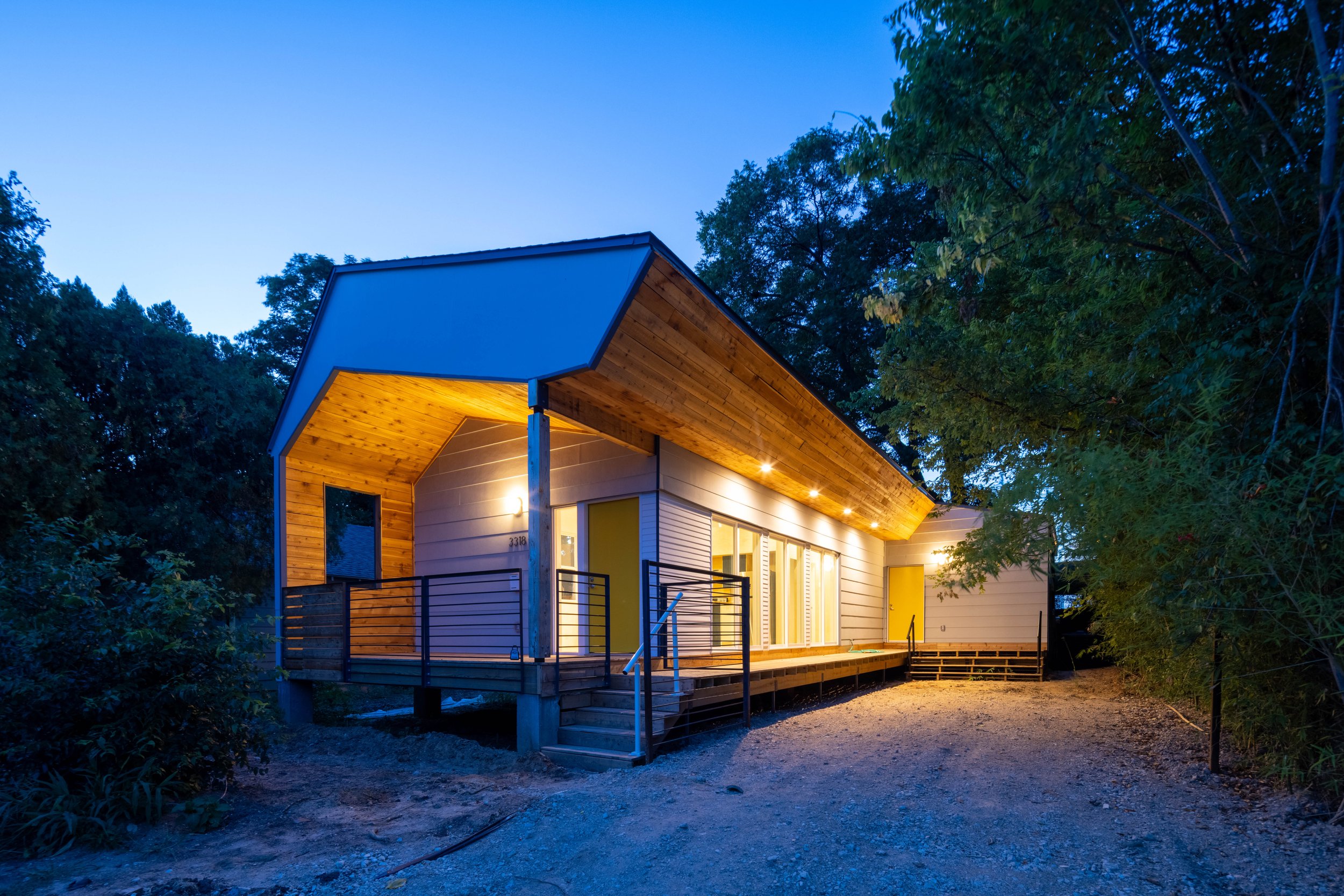

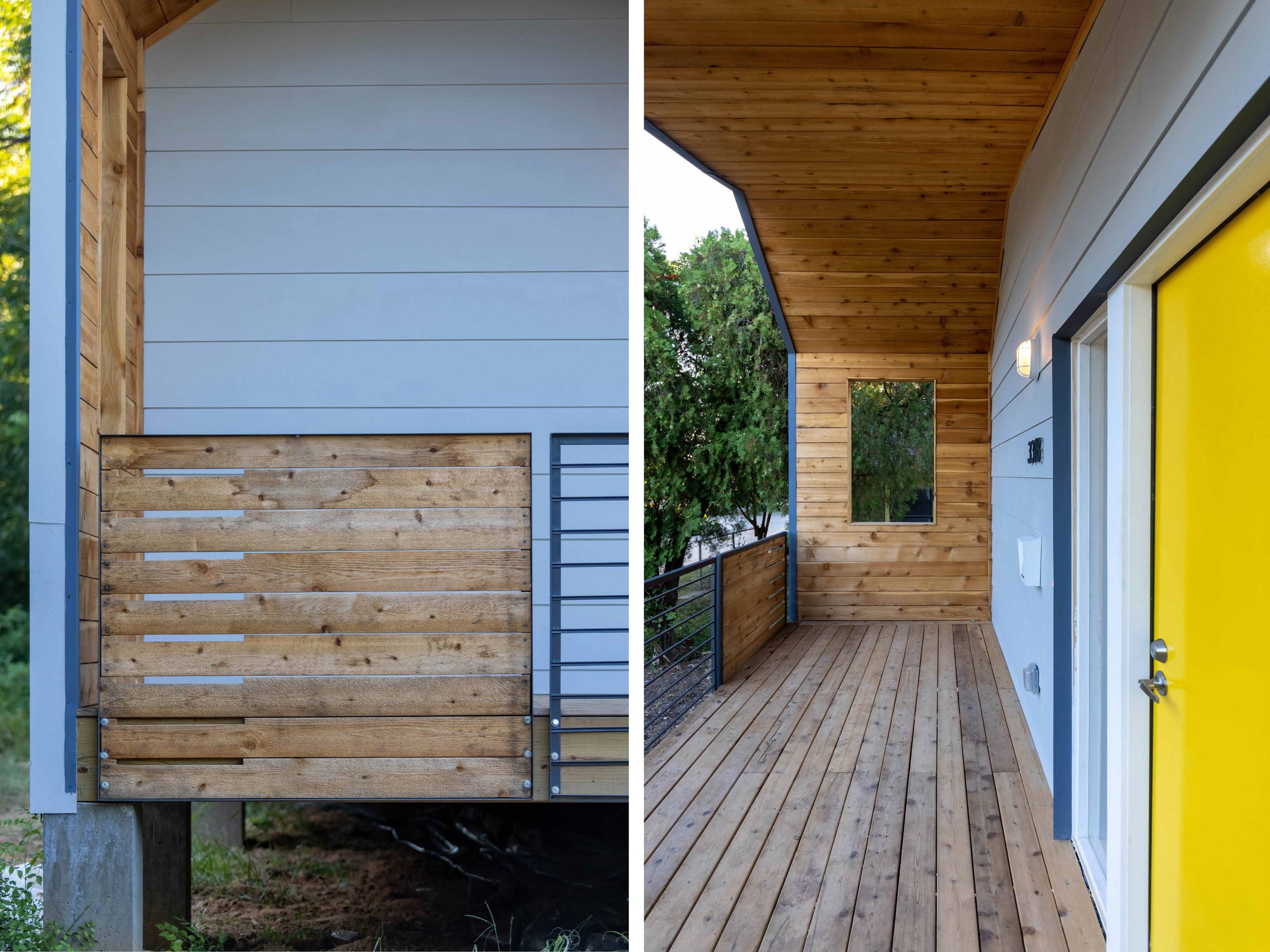

![[bc]](http://images.squarespace-cdn.com/content/v1/5248ebd5e4b0240948a6ceff/1412268209242-TTW0GOFNZPDW9PV7QFXD/bcW_square+big.jpg?format=1000w)
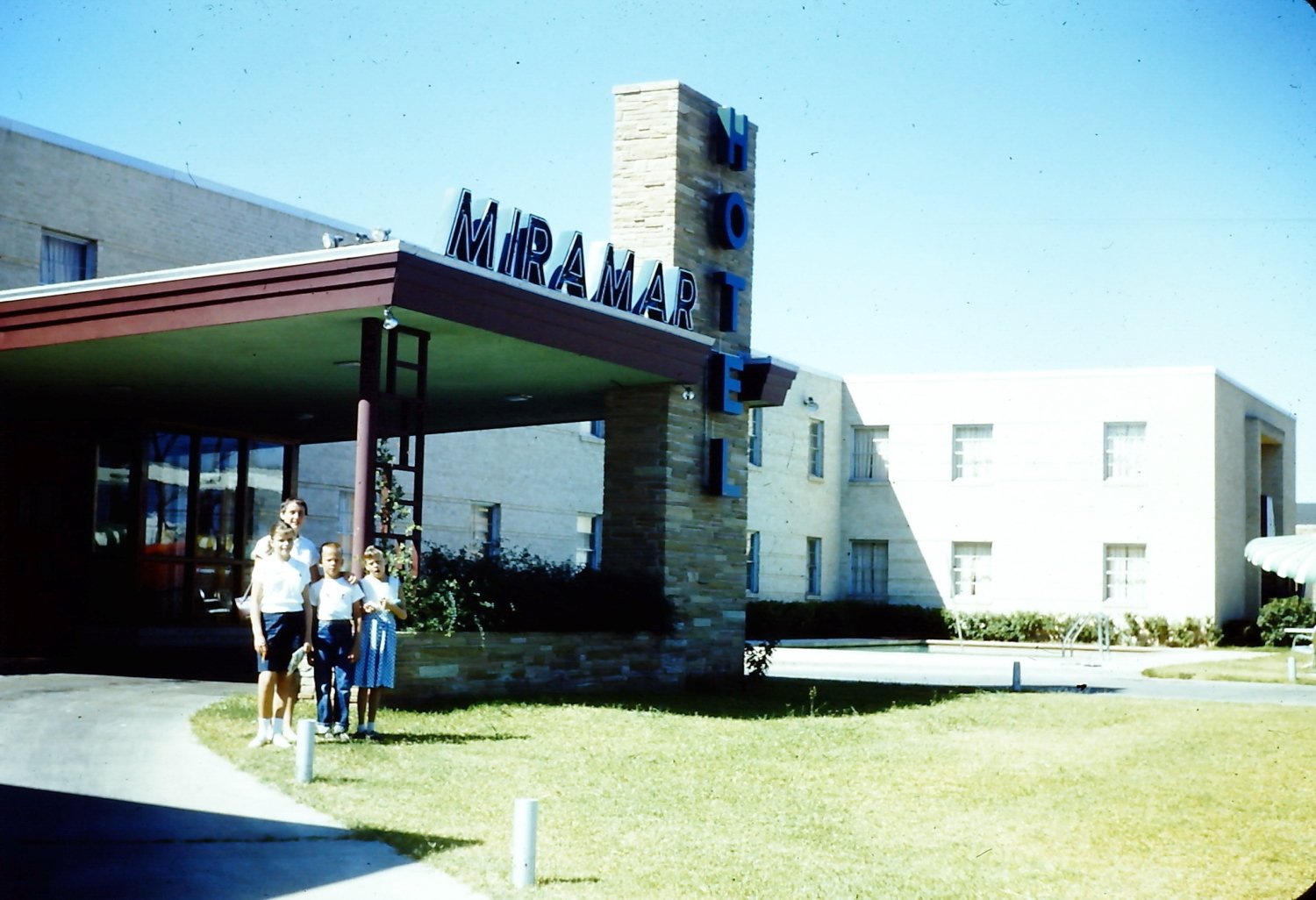


![Professor Julia Lindgren, former [bc] member, speaks about the process and learnings from the project](https://images.squarespace-cdn.com/content/v1/5248ebd5e4b0240948a6ceff/1620749327868-Y3QLV97J4SNRFHY4NQVP/IMG_0240.jpg)
